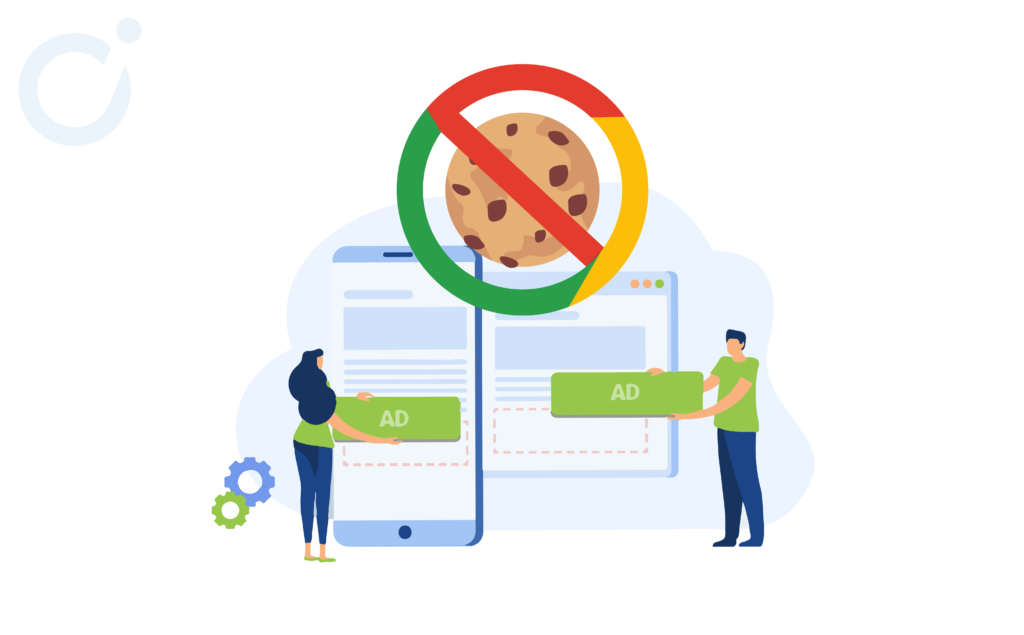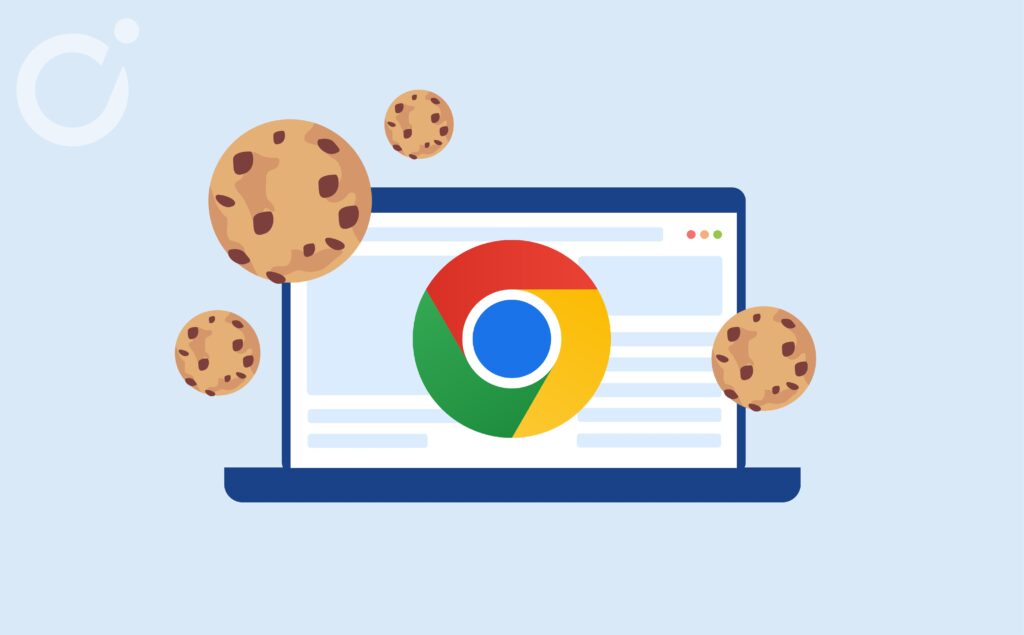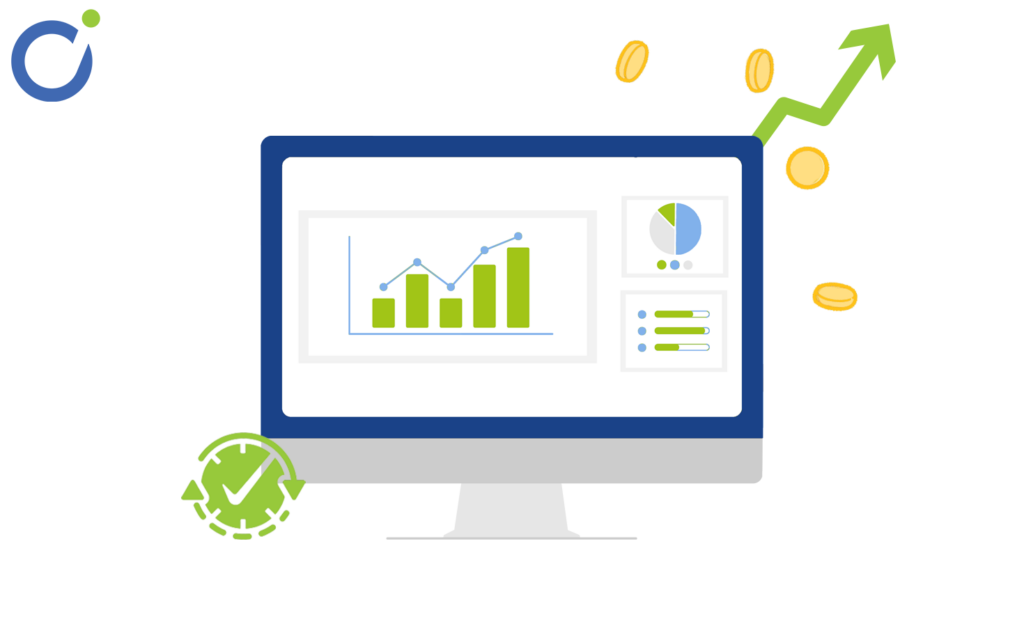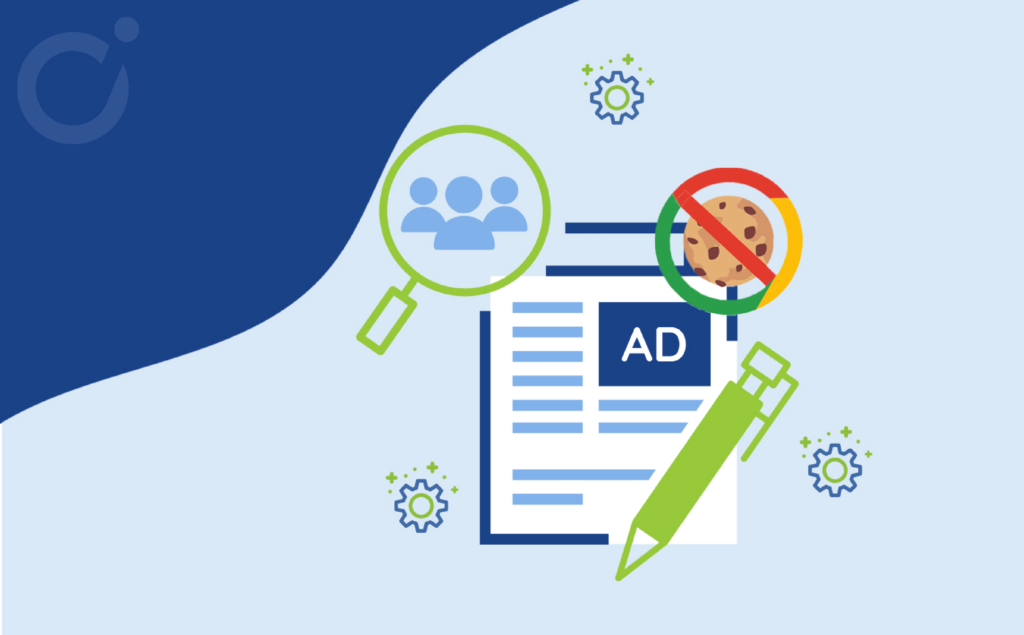It has begun, 2024 marks the end of third-party cookies from Chrome. 1% of 3PC is already being deprecated from Google’s browser. Implementing alternatives and harnessing first-party data, are becoming a critical priority before the complete phase-out of third-party cookies, initially scheduled for the second half of 2024… But that is not the only challenge to tackle this year so far. We need to provide advertisers with measurable ROI from their investments, and attention measurement is one of the solutions. Let’s delve into these important topics and explore the resources at our disposal to keep on increasing the advertising revenue.
Read: 2023 Programmatic Barometer Unveiled: Deciphering eCPM Situation.
Deliver return on investment to advertisers
In this cookieless environment, it’s getting harder for advertisers to get reliable and measurable data to optimize their campaigns and ROI. From the perspective of advertising solutions providers, it is now more crucial than ever to focus on attention insights to effectively guide the advertising spend. Precise metrics, including time in viewability on the active screen in seconds and click-through-rate (CTR) are essential to measure which ad the users focus the most on. Delivering quality content and innovative ad formats, such as Opti Engage story format, which displays ads in an original carousel inspired by Instagram stories, generally lead to increasing the level of user attention and retain them longer on site. Media buyers invest in these environments to effectively display their brand messages and get a high ROAS (Return On Advertising Spend).
Amplify the audience volume
Google Search updates including Core Web Vitals and Zero-click searches are putting traffic from SERP under pressure this year. In 2024, Google’s emphasis is on UX, loading speed and content quality. In order to maintain a good scrolling experience to users, it’s important to ensure that the media site loads quickly and displays ads in a high-quality manner (applying Lazy Loading, for instance), without any disruption (like content shifts, for example). At Opti Digital, we have totally reengineered our ad solution to make it very light (30 KB weight) and fast to load. It displays ads in 1.2 seconds on average on desktop, compared to 2 seconds before and more importantly our solution delivers ads on 3G/4G mobile connections three times faster than any other provider. User experience is greatly improved and advertisers get a much stronger ROI for their campaigns.
In the spotlight this year, artificial intelligence can be a great strategic copilot to optimize content, automate tasks and enable more personalized UX. But it has to be used with caution, especially to maintain the position on Google Discover. Some publishers noticed that they were penalized by Google Discover algorithms in 2023 while they were massively using AI to write content.
“The focus will shift to the ‘marketing’ aspect of ‘content marketing.’ Brands need to stand out from AI-driven content by committing to content excellence.”
Ross Simmonds — Founder of Foundation Marketing.
Provide targeting capabilities to advertisers
Several targeting methods are offered to the industry to compensate the ongoing loss of third-party data, among them Seller Defined Audience (SDA), Secured Signals, Publisher Provided Identifiers (PPID, for cross-site targeting), context, data clean rooms… At Opti Digital, we have already tested universal IDs, a first-party alternative made of probabilistic and deterministic IDs to segment users in a GDPR-compliant and profitable way. To date, media publishers have no choice but to implement multiple addressability solutions as alternatives to third-party cookies.
The privacy sandbox initiative implemented by Google with Topics and Protected Audience also aims to be an alternative to the deprecation of 3PC. The goal is to facilitate advertisers in delivering personalized ads on Chrome, while reducing unauthorized cross-site and cross-app tracking. However, it currently leads to extensive press coverage after some analysis from the CMA (UK’s Competition and Markets Authority) and the IAB Tech Lab.
Indeed, their reports recently pinpointed many key issues in terms of event-based metrics, brand safety, on-browser computing, and commercial considerations; which push for a delay of the total 3PC deprecation in a market considered as not ready yet:
“Our findings highlight that the industry isn’t ready yet and identify multiple challenges to implementation due to limitations in accomplishing key advertising objectives.”
Anthony Katsur — IAB Tech Lab CEO.
Optimize the advertising stack
Smart lazy loading, in-view ad refresh, automatic in-read ad insertion, etc. are today’s must-have technologies to optimize the ad monetization and, consequently, ad profits.
At Opti Digital, we provide these features in a comprehensive solution powered by our SEO-friendly code (described earlier in the paragraph : Amplify The Audience Volume) that streamlines the entire ad delivery process, optimizing both revenue and user experience.
Another key feature is dynamic price flooring. The predictive and reactive model autonomously calculates the optimal price floor value to optimize yield. Thanks to machine learning, the technology removes the risk of losing revenue and efficiently challenges buyers to pay the true value for the impression. It calculates floors taking into account inventory, seasonality and user value signals, and transparently sends them to all the bidding partners taking part in the programmatic auctions.
The latest feature we provide to optimize publishers’ advertising stack includes a story-like engaging format, which really benefits the UX by bringing a customer-centric ad experience. It slides and loops from one advertiser creative to another, only in-view, offering a high attention rate and high ROI to brands. Moreover, the Opti Engage ad format respects ad placeholders, the media layout, and the reader’s experience by seamlessly integrating without interrupting the scrolling flow. Our technologies enhance ad placements, ensuring each display maximizes value for publishers.
All these features are must-haves for 2024, helping to create scarcity, differentiate from the competition, increase audience traffic and engagement, and deliver value to buyers.2024 will definitely be a challenging year for the advertising ecosystem. But as always, the industry is evolving fast to tackle it in the best way possible. Feel free to contact us if you look for testing these solutions to keep on increasing your advertising income.




